Corsair Force GT & Performance Pro SATA III SSD Roundup
Final Thoughts and Conclusions
The first thing we always look at here is the actual available user capacity of the drive. All manufactures advertise the raw capacity expressed in GB (1,000,000,000 bytes per GB) whereas the logical measure in windows is expressed in GiB (1,073,741,824 bytes per GiB). To add to the confusion, Windows shows “GB” as the unit of measure. This conversion gives the user accessible capacity available minus anything set aside for a spare area.
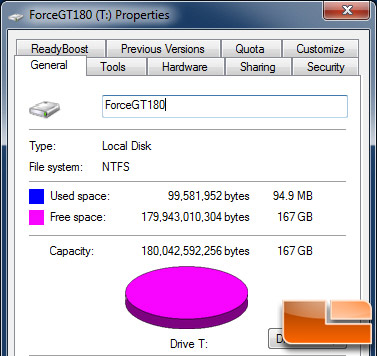
The Force GT 180GB ends up with 167GB showing in Windows. This is about 56GB more than you get on 120GB version.
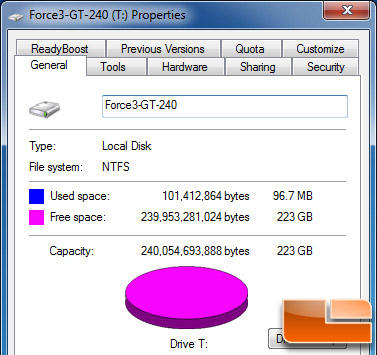
The Force GT 240GB rounds out to 223GB accessible to the user and is also 56GB more than the next smallest (180GB) drive. Funny how that works, huh?
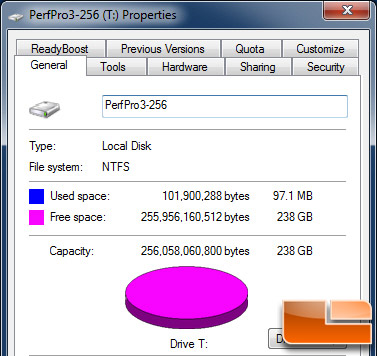
The Performance Pro drive offers up 238GB, compared to the Force GT 240GB, there’s about 15GB more to the user and simply a product of less spare area set aside by Corsair.
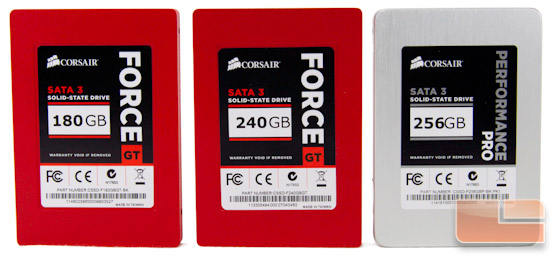
So, what have we learned from this little round up? First off, you can’t go wrong with any of the drives here. All feature very fast SATA III performance and come with a standard three year warranty. The Force GT drives promise read and write specifications of up to 555MB/s reads and 525MB/s writes. This is something we observed on the ATTO benchmark where highly compressible data was used. On other benchmarks, the scores were a fair bit lower as the SandForce controllers rely on real time compression of data to optimize performance and the referenced benchmarks used already compressed data. The 240GB fared a little better than the 180GB drive as higher density NAND tends to be a little faster along with slightly different architecture. The Performance Pro, with its Marvell controller, has more modest specifications of 515MB/s reads and 440MB/s writes. The difference is, there was less of a performance hit on the benchmarks using incompressible data. Since most operations involve a mix of data, in practical use the drives are pretty equal and you’d be hard pressed to be able to tell a difference through normal use. Both the SandForce and Marvell controllers seem to do a great job of wear-leveling and taking care of drive maintenance, even in environments where TRIM is not offered and both are featured by a number of manufacturers so industry support is there.
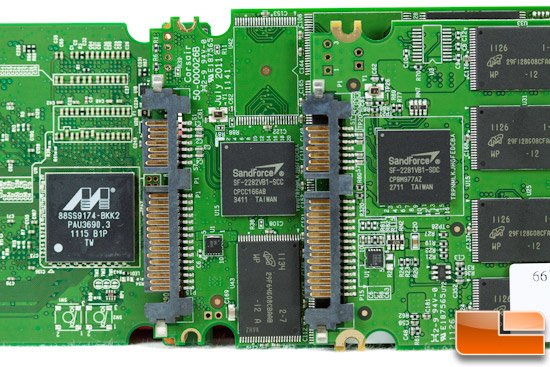
So with performance being more or less equal and the bundle package being the same (2.5″ to 3.5″ adapter plate included), cost becomes the big factor. With the 180GB selling for $289, you’re looking at around $1.73 per usable GB. The 240GB can be found at $390 which is closer to $1.74 per usable GB and finally the Performance Pro is found at $399, which is $1.67 per usable GB. So, the Performance Pro drive offer a little bit better value than that of the Force GT drives. It’s good to see these high-end drives with prices well below the $2/GB mark. One additional consideration is Corsair’s stated MTBF metrics for each drive. The Performance Pro expected longevity is less than that of the Force GT’s at 1.5M hours versus 2M hours. Lastly, if you are into the bling and showing off the hardware, the red drives are more visually appealing.
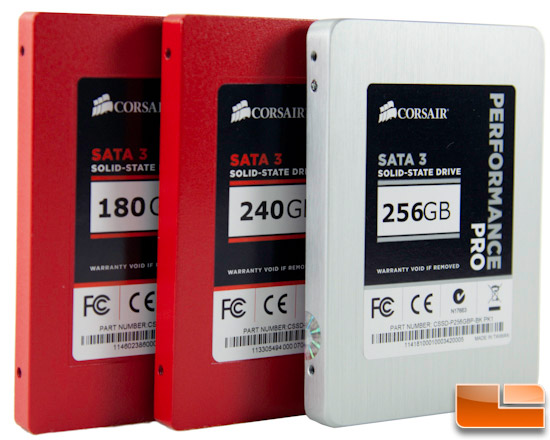
Corsair does offer support on their online forum, a trend which seems to be gaining momentum throughout the industry but still not available with all manufacturers. They also publish firmware updates on their forums so be sure to check there for updates. Currently, the latest firmware for the Force GT drives is 1.3.3 and for the Performance Pro is 1.0.

Legit Bottom Line: Whether you prefer the consistent performance of a Marvell controlled drive or the raw speed of SandForce drives, Corsair has you covered with the Performance Pro and Force GT series of SSDs at capacities that suit your needs and wallet.

Comments are closed.